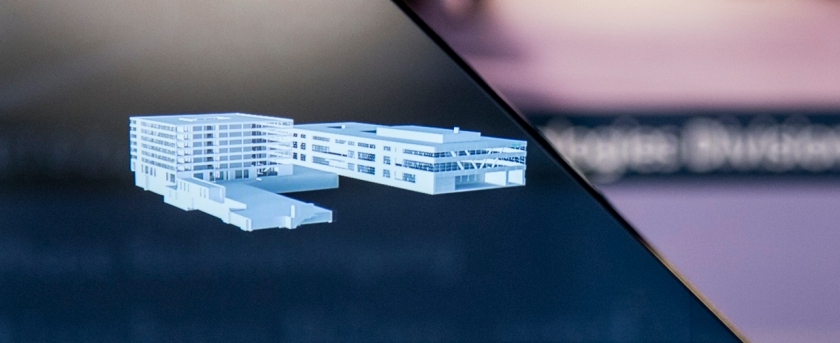The changes in technology have already shaped a lot of our lives and made them better and more community oriented. The same is happening in construction and design industry, and the effects are felt by both those who work in this industry, and the occupants of cities and property building using the new technology.
None of the innovations is more important than the ability to collect and process user data, which in turn informs us how our cities, business centers, and residential areas are designed.

Building for Citizens
There used to be a time when buildings were made by architects and designers, and those actually using them day after day had to live with the decisions the experts had made. However, this no longer has to be the case. Urban life has found ways to organize itself around the architecture and to carve a space for itself. The mobile device each and every one of us is carrying in our pockets allows us to gather all kind of data about the movement and the activities of citizens in a particular area. In turn, this shows that an urban area can be designed with these patterns and their meaning in mind.

Testing new Ideas
Construction isn’t an area in which there’s a lot of room for mistakes. Once a project is underway, there’s very little that can be done in order to change it, and those who use the building, or an area, will have to learn to live with the mistakes.
Using data for construction design can solve this problem. Models can be created that allow the engineers to test a design out before any construction starts. This saves a lot of money, and allows the designers to try out bold new ideas.
Transparency
There are a lot of rules and regulations in this industry. It’s a necessity, because the buildings and other infrastructure simply must follow the government guidelines in terms of safety and ecological impact. However, this can be rather tiresome and expensive for those who are new in the business and have a problem cutting through the red tape.
Using smart data to share the information about the industry regulations helps smaller companies get in on the deal, and makes it easier for them to comply with them. This also means that new and innovative companies can find their way in the industry, and come across a solution no one knew existed.
Speedy Construction
Construction is a messy and complicated project that usually significantly damages the environment around the actual construction site. This can be prevented by using modern data analysis and innovative construction techniques, such as the ones utilized by Formworkers from Sydney.
Formwork is used to create molds in which the concrete will be poured on the construction site. That means that a lot of the work can be done offsite. It saves money on the infrastructure needed for construction, as well as significantly shortens the time needed to construct a property.

City Analytics
Urban area design isn’t just about the technical details and eco-awareness. It’s also a political process of sorts, because urban design can provide access to public institutions and public infrastructure. The experience with gentrification was negative for many cities and communities around the world, and this is something that needs to be considered when gathering smart data.
Numerous governmental institutions on a city level and beyond gather a lot of data about the citizens and how it affects their urban policy. This data should be used when planning an urban design, and incorporated in the decisions about it.
Maintenance
Costs and problems of construction don’t end when the building is constructed and ready to be used. In fact, managing and maintaining a building, especially the one with a lot of modern features can be more costly than building it, at least in the long-term. Using modern data gathering technology can make this process easier and less expensive.
In the years to come, the focus is going to shift to preventive maintenance instead of a corrective approach. This is more affordable, and provides the construction companies with the opportunity to interact with other professionals and those using the buildings in real time.

Electrical Work
Electrical work has always been one of the most important parts of the construction process, but now its relevance is even greater because a modern office business needs a complex electrical network that will support all their communication needs. Modern businesses need to stay connected and to keep track of a lot of data. Therefore, buildings need to provide infrastructure for that.
Following the electrical work and its effects remotely and using the mobile data that’s coming from the ground makes this easier and more affordable. It also allows the construction companies to locate the potential maintenance problems before they arise.
Smart data is changing every industry, and the construction industry is adapting as well. In most cases, big technology changes will make the construction more user-oriented. New technology and new data usage will surely arise in the years to come, and those working in the field should take advantage of that.





